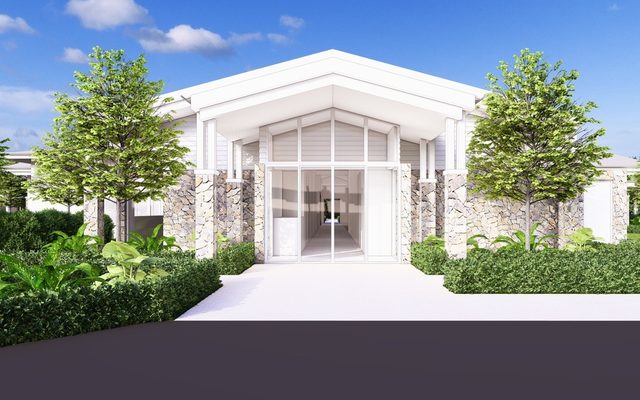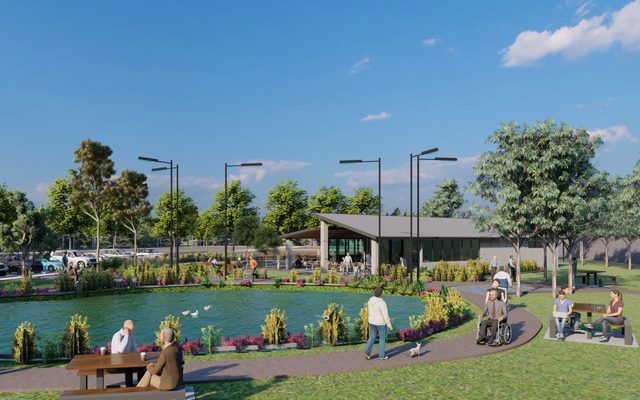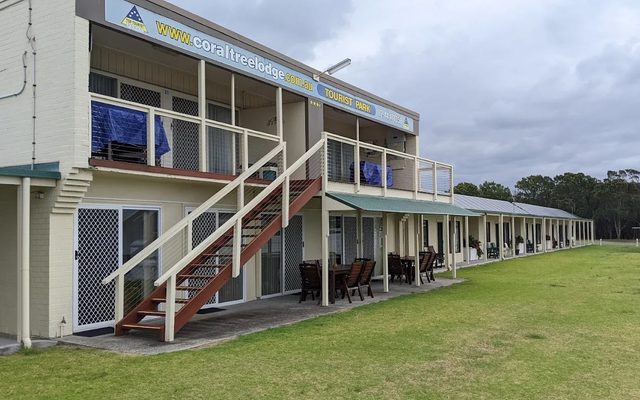This article is from the Australian Property Journal archive
AUSTRALIA is currently facing a housing crisis but there are one million vacant homes across the country, representing just over 10% of the total number of homes, according to the newly released Census figures, while the types of housing being built are not reflective of living habits as Australia faces supply and affordability issues.
The Australian Bureau of Statistics Census data shows about 70% of Australia’s 10.8 million private dwellings are detached houses. Townhouses make up 13% and about 16% are apartments, and are lived in by around 2.5 million people, or about 10% of the population.
According to the Census, 1,043,776 homes of 10.8 million total dwellings were vacant.
More than 70% of the population lives in family households, while 25.6% of people are living solo and 3.9% in share houses.
Declining household size is part of a broader trend as the population ages and couples form families later in life. Household size declined by 0.053 per household in the past five years, from 2.594 people per household to 2.541.
“Although this change seems small, the decline in household size is enough to drive demand for just under 200,000 dwellings needed over the past five years to meet this dispersion,” said PowerHousing Australia CEO Nicholas Proud.
In line with previous Census results, Australia’s homeownership rate is continuing to stall, sitting at 65.93%. This is actually higher than the 65.43% in 2016, but below the 67.8% of 1996. Then, 41.6% of people owned their home outright, compared to 31.0% now. This is despite the first-home buyer and home builder grants activated during the pandemic that drove a record amount of first-home buyer activity early in 2021.
Proud said there is clearly a strong demand for new housing, but Australian housing construction also seems out of step with the reality of the needs of Australians. Three-person and larger households have declined as a proportion of households. Couple households have remained steady, whilst single-person households have increased notably from 24.42% of households in 2016 to 25.56% in 2021.
“Australia’s houses are not geared to facilitate this increasing number of single-person households,” Proud said. The number of single-bedroom dwellings increased by 77,429 to 488,681 in 2021. This compares to the number of single-person households increasing by 347,205 to 2,370,742. Meanwhile, the proportion of houses with four or more bedrooms increased from 32.23% in 2016 to 34.76% in 2021.
“When there are so many people facing rental stress and homelessness, there is clearly a need to re-examine the types of housing being built,” Proud said. Observers believe conditions are ripe for the fledgling build-to-rent sector as a result – and the Census show the number of Australians are also now renters rather than homebuyers, sitting at 30.64% of the population or a total or 2.8 million people.”
“Yet, the Australian housing market isn’t geared to create affordable and secure rental housing supply,” Proud said. National median rents increased by $35 from $340 to $375 per week, a 10% increase over five years. The number of owners and tenants committing 30% or more of their income to mortgage and rents respectively dropped over the five year period. For households with a mortgage that lifted from 67.3% to 74% over five years, while in the rental market it rose from 52.5% to 58.7%.
“Clearly, these national statistics do not include the large increases in rents over the months since August last year, as recorded in the CPI and the CoreLogic rental indices,” Proud said, while they also do not take into account the recent interest rate rises, inflation and cost-of-living pressures.







